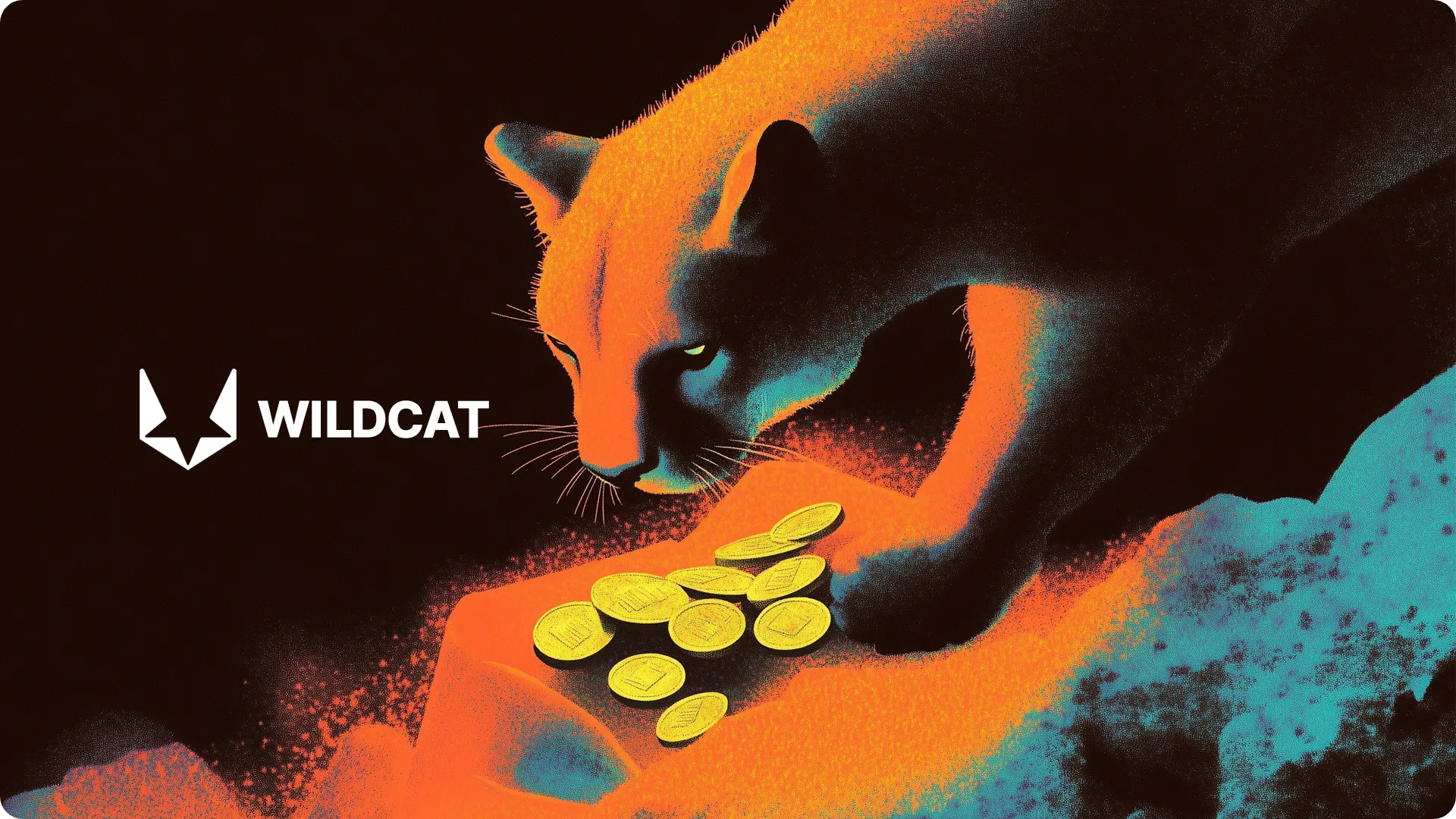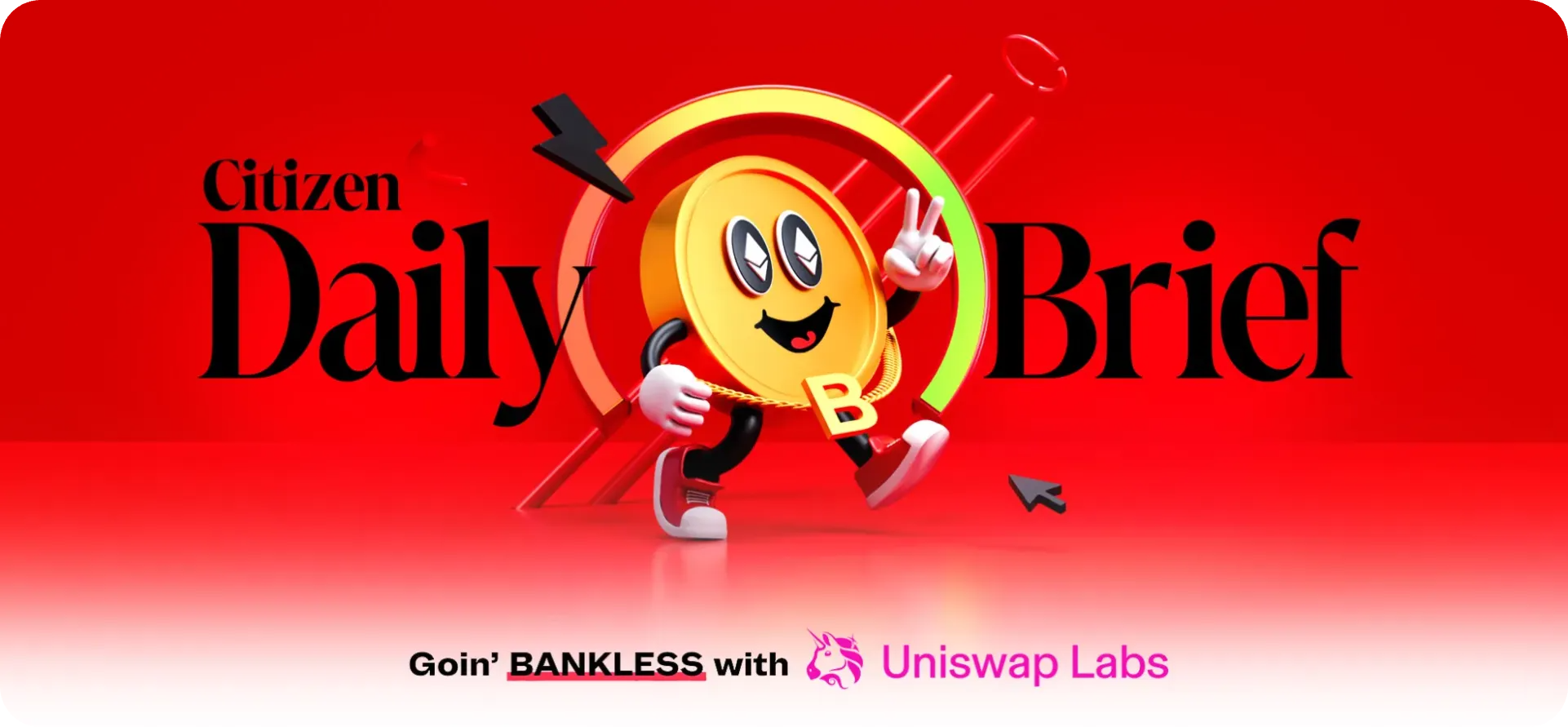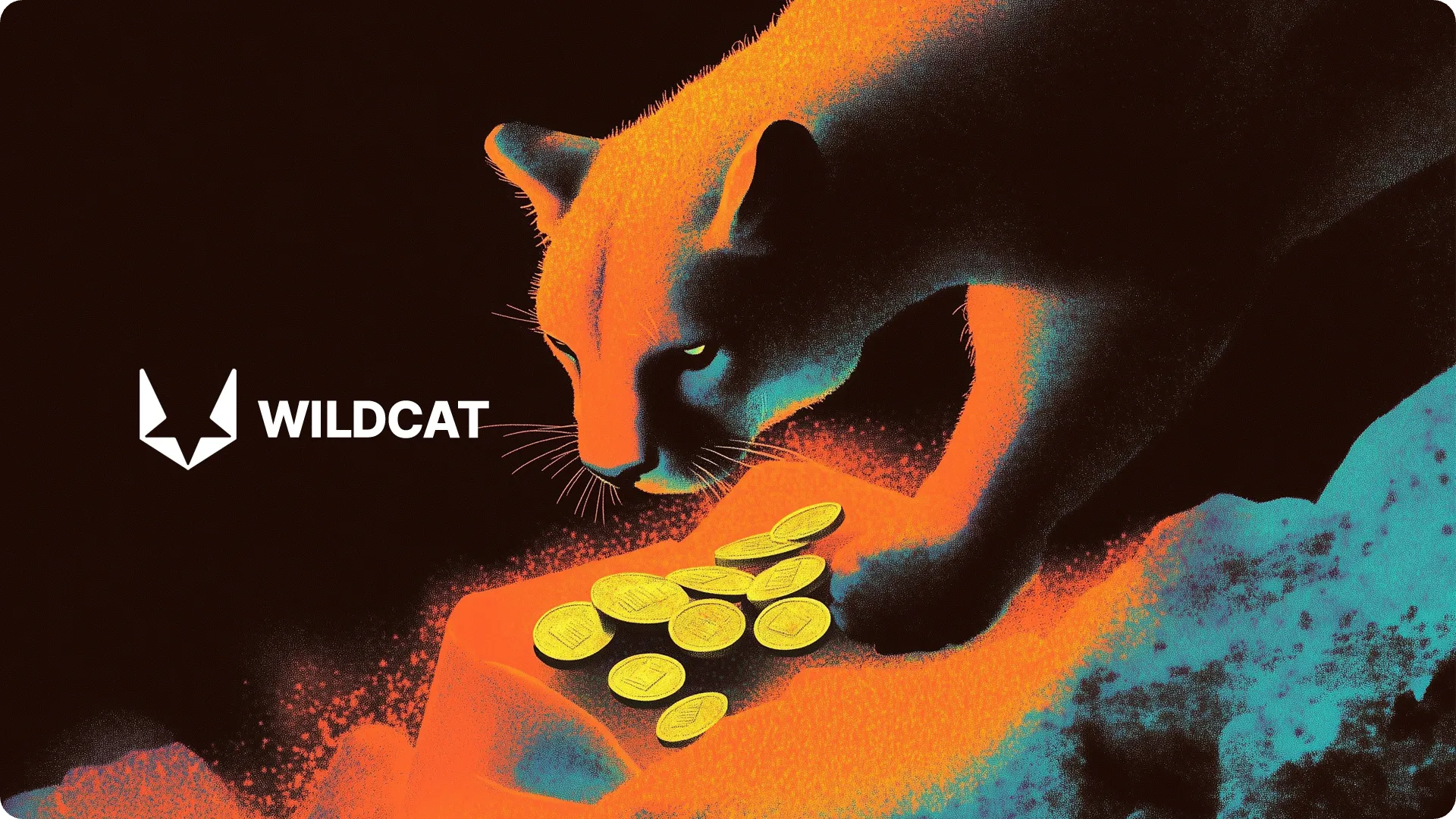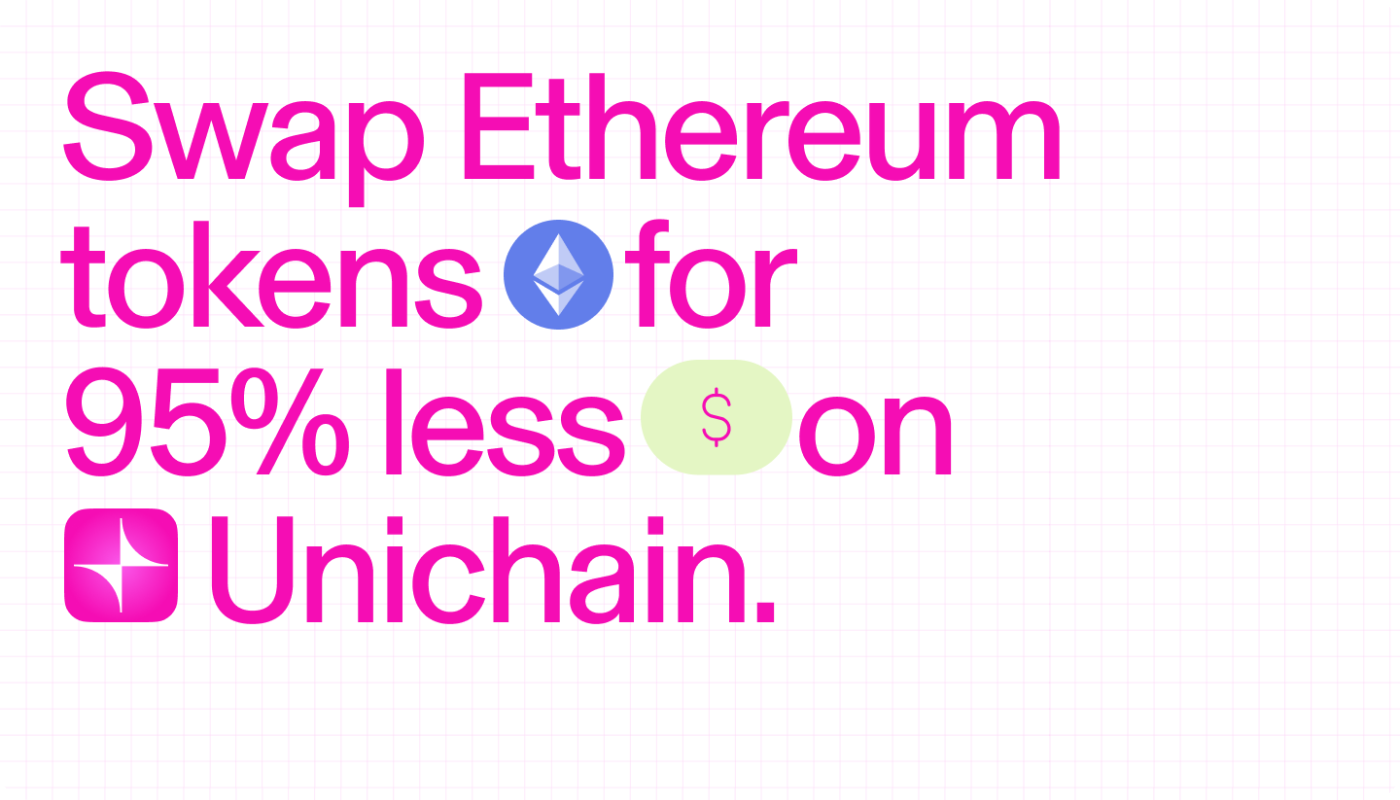GameStop's Bitcoin Gamble ($)


View in Browser
Sponsor: Uniswap Labs — Unichain is live! Bridge & swap with Uniswap Labs' web app or wallet.

- 🎮 GameStop Announces Plans to Raise $1.3B to Buy Bitcoin. The original memestock is following the Michael Saylor playbook now.
- 🙅♂️ House Majority Whip Tom Emmer Slams Wyoming Stablecoin Effort. The prominent Republican said Wyoming's newly announced effort closely resembled a central bank digital currency.
- 🚔 SBF Moved to Oklahoma Following Rogue Tucker Carlson Interview. The FTX founder was moved from Brooklyn to an Oklahoma 'transit center' where he will await a prison reassignment to serve the remainder of his sentence.
| Prices as of 6pm ET | 24hr | 7d |

|
Crypto $2.85T | ↘ 0.1% | ↗ 3.3% |

|
BTC $87,518 | ↗ 0.4% | ↗ 3.8% |

|
ETH $2,016 | ↗ 0.3% | ↗ 2.1% |
Market Plays:
- 🌈 Trading Rainbow tokens for ETH rewards
- 🚀 Trying Jupiter Quick Accounts
- 🧸 Checking out the Berable NFT marketplace
- 😎 Earning $VEIL for depositing to Veil
- 🏦 Exploring Mizu’s new HyperEVM Vaults
Hot Reads:
- 🛠️ The Case for EOF - Kamil Śliwak
- ⛓️ Stop Being an Idiot About L1s / L2s - taetaehoho
- 👑 The Nation-State Thesis of Ethereum - RobAnon
- 💻 Ethereum Validator Performance Report - Coinbase
- 🐻 A Comprehensive Guide on Berachain’s PoL Mechanism - DeFi Cheetah
Farming Opps:
- 🟠 BTC: 59% APR with Aerodrome’s cbBTC-LBTC pool on Base
- 🟠 BTC: 3% APY with Pendle’s LBTC PT on Base
- 🔵 ETH: 11% APR with Aerodrome’s cbETH-WETH pool on Base
- 🔵 ETH: 7% APY with Pendle’s pufETH PT on Ethereum
- 🟢 USD: 55% APY with Orca’s sUSDe-USDC (custom range) pool on Solana
- 🟢 USD: 9% APY with Pendle’s aUSDC PT on Sonic
Airdrop Hunter:
- 🏦 Term Finance: Claim TERM airdrop
- ⭐ Jupiter: Claim JUP airdrop
- 🦭 Walrus: Claim WAL airdrop
- 🌽 Corn: Claim CORN airdrop

Onchain yields have slumped in recent weeks, but for degens willing to partake in crypto’s riskiest form of lending, excess returns can still be earned!
Enter Wildcat, where uncollateralized lending meets blockchain and market makers borrow crypto on a promise. Think of this protocol like a crypto-native credit card for institutions, except the card is your wallet, and if the borrower defaults, you’re the one left holding the bag.
Wildcat does not assess credit risk, it does not guarantee repayment, and it is not regulated by any financial authority. What it does offer is frictionless access to above-market yields for anyone with a crypto wallet and the willingness to lend on trust alone.
Today, we’re exploring uncollateralized crypto lending through Wildcat! 👇
😼 What is Wildcat?
Got a credit card? If so, you’re already familiar with the concept of uncollateralized loans!
An “uncollateralized” loan is a credit agreement between a borrower and a lender, in which the borrower is not required to pledge collateral to secure their loan. Unlike collateralized loans, which are backed by something valuable (like a car or crypto collateral), uncollateralized loan obligations are backed solely by the borrower’s promise to repay.
Co-founded by Euler Finance contributor Laurence Day, Indexed Finance developer Dillon Kellar, and Wintermute CEO Evgeny Gaevoy, Wildcat is a crypto-native credit card for institutions that launched to the public last month.
Wildcat Labs is delighted to announce that Wildcat V2 is live and open for public usage today, under the stewardship of the newly created Wildcat Foundation.https://t.co/VsFNPxggwP
— Wildcat Labs (@WildcatFi) February 27, 2025
A slightly wordy thread from our point of view on what this enables, where things stand now and… pic.twitter.com/JTk6T0lrJV
The design of Wildcat is pretty straightforward. Once on the “Markets” page of the application, users can toggle between “Lender” and “Borrower” views.
Parties that wish to borrow money through Wildcat must first complete an onboarding process, which can be initiated via Google Form. At this time, only registered legal entities are accepted as borrowers.
Conversely, almost anyone can earn yield by lending to Wildcat borrowers without official onboarding, assuming they meet loose lender qualifications (if optionally applied by the borrower). On the Wildcat “Markets” page, lenders can view all available loan opportunities and their conditions, like the prospective borrower, associated interest rate, and duration (or term) of the loan.
Clicking “Deposit” to the right of a given loan will load its deposit interface. From here, lenders can see loan/borrower information and complete any necessary prerequisites – such as signing a Master Loan Agreement – before making their deposits into the pool.
🧐 Risk Considerations
The last renaissance for crypto’s uncollateralized lending markets occurred just prior to the collapse of FTX in November 2022.
Uncollateralized lending facilities were indeed tapped by Alameda – FTX’s proprietary trading firm – and although the bankrupt exchange repaid its onchain debts before imploding, some of the largest uncollateralized lending pools got caught in the resulting crossfire, leading the sector to fall out of favor among lenders.
It is crucial to note that Wildcat neither determines the creditworthiness of its borrowers nor provides any guarantees as to whether they can repay their loan. Additionally, Wildcat’s FAQ section clearly disclaims that the protocol is not regulated by any financial authority.
Wildcat’s delinquency provisions ensure that all open-term borrowers who do not meet lender withdrawal requests are subject to penalty interest rates, but excess lent funds are typically withdrawn by the borrower from Wildcat and only an agreement enforces repayment.
Should the borrower be unwilling or unable to repay their obligations, lenders will need to navigate the court system in that borrower’s country of origin to make an unsecured claim against the borrower’s assets; such claims are assigned an extremely low payout priority during the bankruptcy process.
Before chasing above-market crypto yields on Wildcat, it is crucial to conduct thorough research on potential borrowers and size your position accordingly, as there is always a chance the loan will not be repaid.
Mr President, a second borrower has hit Wildcat.
— Wildcat Labs (@WildcatFi) March 20, 2025
CMS (@cmsholdings) has just launched a Wildcat V2 USDC market, seeking $1 million in credit at 12% APR.https://t.co/G4zYEV96hl pic.twitter.com/G0WNWlWVV0

Unlock the power of Unichain – a fast, decentralized Ethereum Layer 2 network built to be the home for DeFi and cross-chain liquidity. To bridge tokens to Unichain and start swapping today, get started with Uniswap Labs’ web app or mobile wallet.
Catalyst Overview:
For a second time in the month of March, crypto perpetual futures exchange Hyperliquid found itself victimized by a manufactured liquidation event. The exchange’s poor response to this latest crisis spawned widespread criticism from across the crypto industry.
Pros:
- Impending Utility: On March 19, Hyperliquid introduced “staking tiers,” which are expected to implement a variable fee schedule for perpetuals traders beginning April 30 that offers reduced fee tiers to users who stake more HYPE.
- Volume Leader: Thanks to its permissionless design, extremely high leverage, diverse altcoin offerings, and competitive fee structure, Hyperliquid had grown to command a dominant 60% market share of onchain perpetuals volume at the time of analysis.
Cons:
- Poor Risk Management: Highly leveraged perpetual futures can be safe when used in conjunction with the proper guardrails, but these extremely volatile products may incur unexpected losses in the event of a sudden token price swing. In both recent Hyperliquid exploits, overleveraged positions were unprofitably liquidated.
- Centralized Design: To mitigate multimillion dollar liquidity provider losses from its most recent exploit, Hyperliquid forcibly settled its impacted JELLY market at below-market prices and reset the HLP vault from $12M in losses to $700k in profit for the day.
- Absent Insurance: While Hyperliquid’s “Assistance Fund” could act as liquidity backstop in the event of platform insolvency, its $255M in holdings are entirely allocated to HYPE. Considering that HYPE price closely correlates with platform performance, the Hyperliquid Assistance Fund may be insufficient to cover losses in risk-off environments.
Price Impact:
The Bankless Analyst Team is assigning a bearish rating for HYPE, identifying the protocol’s decision to offer 20x leverage on a $13M microcap token as inappropriate and believing that its reckless decision to bail profitable traders into HLP vault losses will negatively impact the platform’s reputation.
See dozens of active token ratings in the Citizen-only Token Hub 🔥